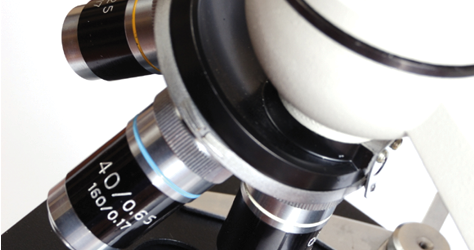If you’ve been trying to get pregnant for a while, you may be starting to think about fertility treatment.
Here’s a quick guide to an increasingly common treatment, Intra-Cytoplasmic Sperm Injection (ICSI).
At a glance
- ICSI involves injecting a single sperm directly into an egg to fertilise it
- The fertilised egg (embryo) is then popped into your womb a few days later
- ICSI involves a similar process to IVF

Who is ICSI best for?
This increasingly common technique is most helpful for couples where the male partner has poor sperm quality or doesn’t ejaculate any sperm. The development of ICSI means eggs can be fertilised, even when semen samples have a very low sperm count. Usually, doctors recommended ICSI when they think the eggs won’t fertilise with conventional IVF.
The techniques used in ICSI mean that the sperm isn’t required to break through the outer layers of the egg or travel to it, giving couples a better chance of success if your partner has a very low or zero sperm count or a high percentage of abnormally shape sperm which cannot swim well.
What’s involved with ICSI?
With ICSI, you will be given fertility drugs to stimulate your ovaries into producing mature eggs for fertilisation. Your partner will then need to provide sperm, either through ejaculation into a cup or if the sperm count is zero, a doctor can retrieve sperm under local anaesthetic. A single sperm is then injected directly into an egg to fertilise it. The fertilised egg (embryo) is then popped into your womb a few days later.
Like IVF, but different
ICSI involves a similar process to IVF. But the way the egg and sperm are mixed together is different. With IVF, the sperm swim to the egg and try to fertilise it. But with ICSI doctors choose a single sperm and inject it directly into the egg.
This means there is no difference between ICSI and IVF in terms of the treatment you undergo. The only difference is in the way the eggs are fertilised in the lab.
What are the success rates of ICSI?
The average fertilisation per egg injected is about 60-70%, and more than 90% of patients have at least one egg fertilised. Then, you would need to wait and see if the fertilised egg - the embryo, survived and resulted in a pregnancy once implanted in the uterus.
The success rate will depend on your age, with a higher success rate in younger couples. In 2017, own-egg IVF worked for over 25% for women under 35, falling to less than 5% for women 45 or over.
Are there any risks with ICSI?
ICSI is used in about 1/3 of IVF cycles. Due to the slightly varying technique, ICSI is more expensive than IVF. Research has shown that ICSI doesn’t appear to affect how children conceived via this method develop mentally or physically.
It does also carry the same risks as IVF including multiple births and ectopic pregnancy.
Where can I get ICSI treatment?
This treatment is only available on the NHS to certain groups and it will probably depend on your Primary Care Trust. To find out more, have a chat with your doctor.